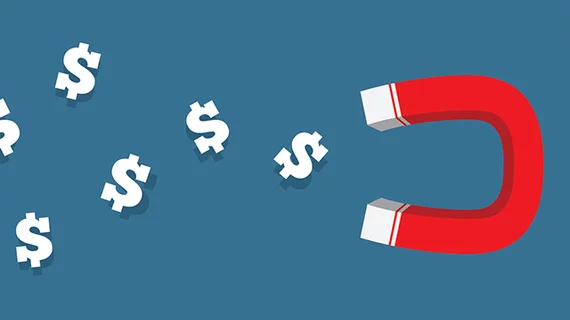Generic statin options can save the US $11.9B per year
The end of market exclusivity for statin medications is associated with substantial cost savings, according to new data published in JAMA Network Open.
“Generic competition is effective for reducing prescription prices in the United States," co-authors Hong Xue, PhD, and Shuo-yu Lin from the College of Health and Human Services at George Mason University said in a prepared statement. "Encouraging generic competition and access to generic medication should be considered as important regulatory policy options to reduce health expenditures."
The team believes its study to be the first to assess the economic impact of generic competition for statins.
Researchers extrapolated data from the Medical Expenditure Panel Survey from 2002 to 2018.
The study tracked five generic statins: atorvastatin, rosuvastatin, simvastatin, lovastatin and pravastatin.
Study authors point out that on average, more than 21 million statin prescriptions were bought annually from 2002 to 2018. Once market exclusivity ended and generic statins entered the marketplace, brand-name statin purchases declined by 90.9% nationally and 27.4% individually.
The end of market exclusivity was linked with annual savings of $11.9 billion for the United States.
Among the major players, individual cost savings would be $370 for private insurers, $281 for Medicare, $72.34 for Medicaid, and $211.90 for out-of-pocket spending.
Read the full study here.
